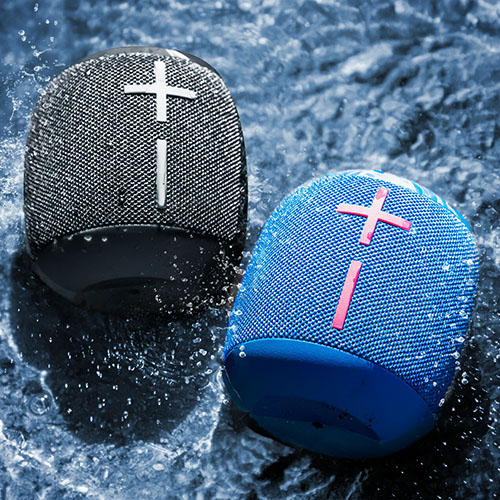The European Union (EU) is cracking down on Apple’s use of Lightning connectors in favor of a unified USB-C standard, which is commonplace on Android phones, PC computers, consoles and even Apple’s own iPad and MacBook systems.
Connector Regulations: Good or Bad for Innovation?
You might be wondering: Why should governments get involved in what tech companies put on their phones?
The answer is complicated, so let’s break down why it’s ultimately a good thing for consumers.
The EU’s reasoning is that Apple’s Lightning connector, which is completely proprietary, creates unnecessary waste.
It’s hard to disagree when so many people’s drawers are filled with a slew of different chargers — one for every electronic device lying around the house.
The EU’s point that Apple connectors create unnecessary waste is sound.
Remember Apple’s 30-pin cables for iPads and Samsung’s innumerable proprietary connectors?
By adopting a universal connector, these sort of issues become problems of the past. With more companies switching to renewables and recyclables, it makes sense to reduce unnecessary waste.
Also note the price of plastic packaging pales in comparison to resources going into the production of each new connector. We could all potentially look forward to a future devoid of landfills replete with useless old cables.
Even if the planet’s not on your mind, you’d have to agree there’s nothing more annoying than not being able to use a decade-old device because you can’t find the right charger. With a single power connector, you wouldn’t need to hunt down an Apple charger when you’re over at your parents’ house.
No power adapter? No problem. The ubiquity of USB-C would have the added benefit of allowing your phone to get juiced up directly from any PC.
What’s more, the $20 you’d spend on a spare phone charger — or the $10 you’d use to purchase an extra Lightning cable — is money you could put toward something else.
Unlike Apple’s removal of the 3.5mm headphone jack from their phones, which set a terrible new standard for all other manufacturers to follow, most phone companies have already switched to the USB-C standard — making Apple the only holdout.
With all the positives out of the way, we must address the elephant in the room. Namely that it’s wrong for governments to tell tech companies what they can and cannot do.
Some might argue forcing Apple to get rid of its Lightning connector stifles technological innovation — but the fact remains, Lightning connectors are long overdue for a replacement.
Despite being introduced only two years before the USB-C standard, Lightning’s age is really starting to show. Two years is huge in terms of tech advancement. Lightning’s speeds are roughly 10 times slower than any connection you can get out of a USB-C.
USB-C connectors can carry signals from wires rated for 10 times the speed any Lightning cable can manage, and they’re even future-proofed for the upcoming USB-4 standard. Lightning can only carry a measly 12 watts of electricity at 2.4 amps, compared to USB-C’s native power support, which ranges from 100 watts at 3 amps to 240 watts at 5 amps.
With all that in mind, USB-C is faster, more efficient and much more ubiquitous. Plus, it’s what the industry wants.
The government is merely forcing Apple to get with the times by forcing them to get rid of Lightning — or at least forcing them to accelerate their plans to do so.
If Apple had their way, chances are they’d make yet another proprietary connector. Such standards have enabled electronics manufacturers to create higher-quality products with standardized testing, allowing them to focus on developing innovations that matter, while offering convenience to end-users like you and me.
Without getting too far into the weeds, we should point out that Apple’s entire history — indeed, its entire sense of self-identity — rests almost completely on a blindered belief that it knows what is best for everyone. It believes this regardless of what the people themselves think. If you have some time and want to read a fun biography on its founder. At some point you will read (complimented by the emotion of your choice) how Steve Jobs rather militantly concluded that no reasonable reason exists why anyone would ever need a mouse with more than one button. That may tell you all about Apple that you need to know. … Still, they make very fine and very stylish products. Really pretty, those Apple things.
If you define the problem correctly, you almost have the solution.Steve Jobs




















I, agree that it would be great to have just one type of USB charger for use on any mobile device be it Apple or any android device let’s say as an example I have a Samsung tablet with it’s own charger USB cable that if I was to lose it could charge my galaxy smartphone or my Huawei smartphone so I wouldn’t have to buy another one.